Can Laminitic Horses Eat Haylage? 3 Amazing Facts To Know!
Can Laminitic horses eat haylage? It’s not recommended to feed haylage to horses as it could trigger weight gain. On the other hand, you might wonder what Laminitic horses are.We hate to break it to you, but it’s not a new breed or type of horse. Laminitic horses are those horses that suffer from Laminitis.
Laminitis is a foot problem that brings difficulty to the members of the equine family: ponies, mules, donkeys, wild equids, and of course, horses.Horses suffering from laminitis show the signs of lameness, shifting lameness while they stand, and an increased digital pulse in the field.We will dig deeper into the definition later in this article.
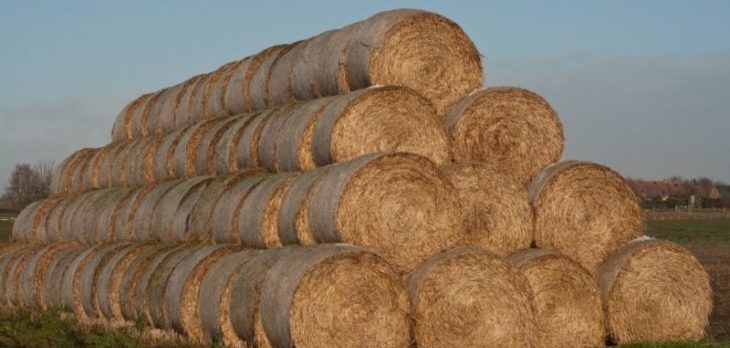
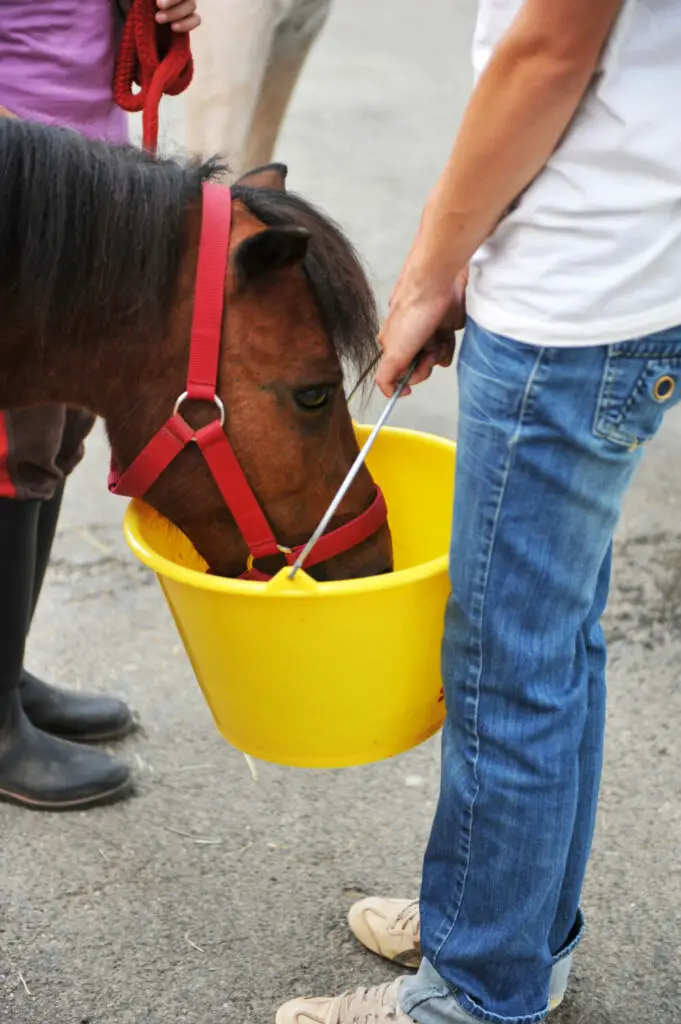
Now, you might be thinking, “What does haylage have to do with my horse’s inflamed foot?” Since a Laminitic horse needs crucial care, you should monitor its food intake to keep your pet healthy and recover quickly.Regardless, let’s not stray any further and jump straight to the topic.
A Laminitic Horse Diet; Can They Eat Haylage?
Hay and haylage are forage that plays a crucial role in a Laminitic horse diet. So, can Laminitic horses eat haylage? It would be best not to do so.You see, horses prone to Laminitis spend days in their stable away from grass for their Laminitis to heal.So keep them from walking, running, or doing activities that will make them tired, stressed, or further strain their affected foot.To explain it further, Laminitis occurs when the blood flow is disrupted in the sensitive and even the insensitive part of laminae in the horse’s hoof walls.
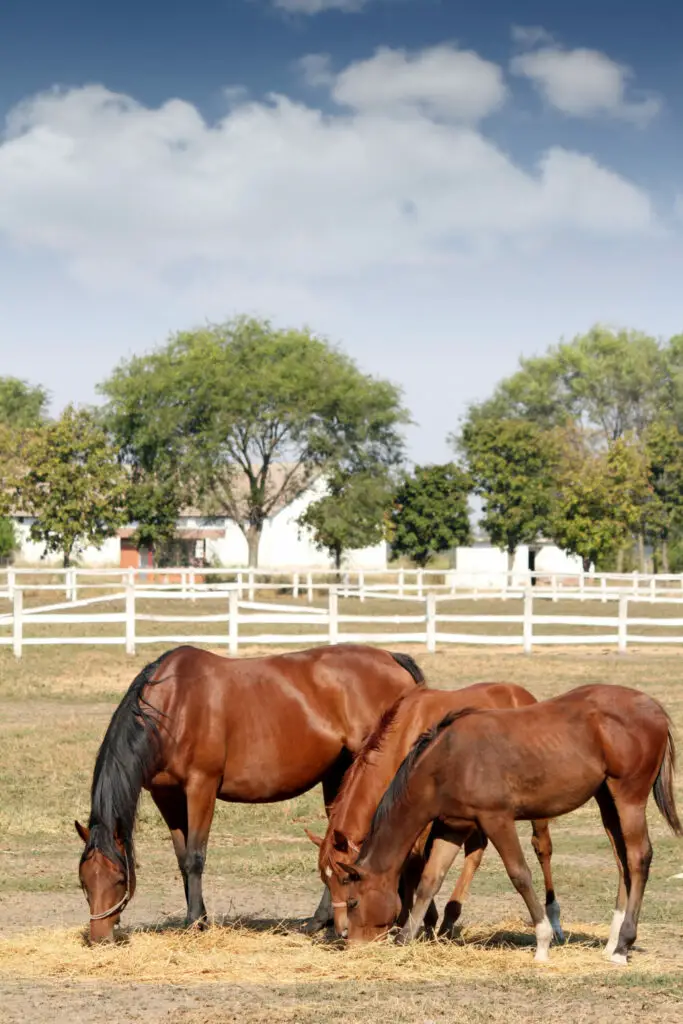
The inflammation could separate the hoof wall from the bone, and the coffin bone will rotate, sink, and penetrate the horse’s sole, which can cause lots of pain.Laminitis often affects the horse’s front feet, but it could affect all their feet if not treated quickly. Learn more about the disease here. Regardless, most horses develop Laminitis due to being overweight.
So, refrain from overfeeding your horse, managing their eating habits, and only feeding them what they need. And feeding haylage to horses could contribute to the formation of the disease or make it worse by imposing extra weight on the horse.
#1. Hay and haylage
We all know that hay is a staple part of a horse’s diet but are you familiar with haylage? If not, then we will help you gain knowledge about them.Hay and haylage are served to horses as food, especially during winter—these forms of forages are rich in fiber needed by horses.Haylage is a damper version of hay and looks bight golden in color.
The only differences between the two are their nutritional value and how they are made.Hay is made up of dried grass which makes it low in moisture and nutrients. That’s why this choice would be best for horses with light work or at maintenance
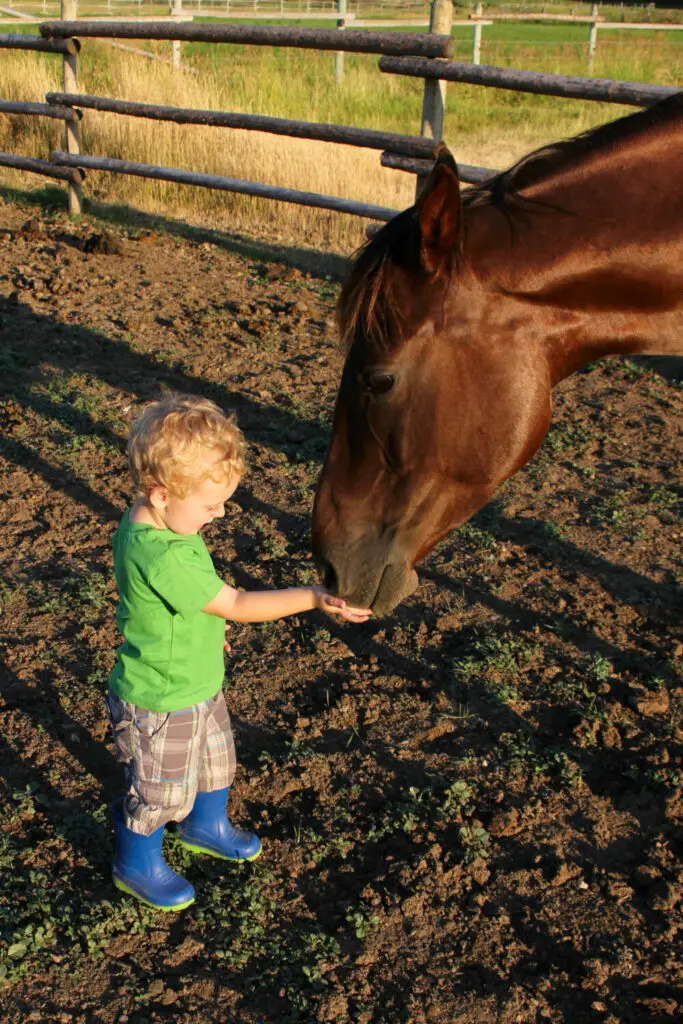
.As for haylage, it is composed of grass at its earlier stage of growth cut earlier, making it rich in fiber and full of moisture. And instead of drying it out, people only let it wilt for a while.And that’s why horse keepers refrain from feeding their Laminitis prone horse haylage since it contains lots of sugar and starch that causes weight gain.
Some would soak the hay in water for at least 16 hours or steam it to lessen the sugar level.Although this reduces water-soluble sugars it is still useless as this does not guarantee that sugar levels have lessened. The only way to be sure is to get it analyzed.You might be wondering at this point why weight is a big deal with horses; we’ll let us give you a brief idea.
#2. Why is weight gain bad for horses?
Horses are susceptible to diseases, specifically Laminitis when they gain lots of weight.
Studies have shown that horses experiencing weight gain are at double the risk of developing laminitis.
So even though it’s unintentional, horses would still gain weight from certain factors, and the apparent one is diet.
That’s why you want to look out for your horse’s food intake, and to prevent them from gaining weight, it would be best to stay away from haylage as weight gain puts horses at higher risk of getting laminitis.
#3. What should I feed my Laminitic horse?
Now that you know that haylage is not the best option to feed your Laminitic horse, you should also be aware of their ideal diet.
A Laminitic horse diet should be made up of food containing low levels of sugar, starch, and energy but high in fiber and nutrients they need to stay healthy and of course clean and fresh water.
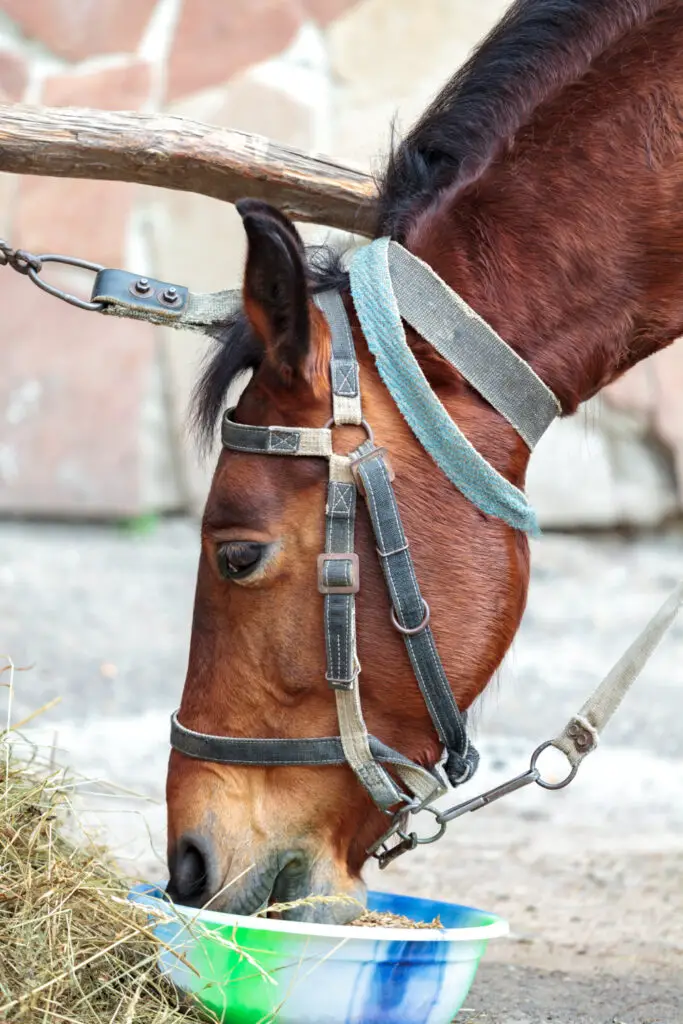
But there are some considerations to consider when establishing a diet for your horse:
- If your target is to bring back the pounds your horse lost after fighting the disease, aim for a meal with high energy levels.
This is when you can incorporate some haylage into the diet, while if you want them to lose weight, opt for a low-energy diet.
- For horses with endocrine Laminitis, a combined diet of sugar and starch is advised, keep the levels below 10%.
- A horse with PPID would have a diet that contains significant amounts of nutrients, antioxidants, zinc, copper, vitamin E, and selenium.
And if muscle loss is an issue, it should have high levels of protein.
Regardless, haylage is only advisable for healthy horses and requires a diet with high levels of energy, fiber, and sugar.
These types of horses usually are the ones who do heavy work or the ones who need to gain weight.
For a horse with laminitis, grass hay of high quality is recommended
But whatever it is, it would be best to contact your veterinarian and discuss with them the ideal diet plan for your laminitic horse.
Conclusion
So, can Laminitic horses eat haylage? It would be best not to feed horses with haylage specifically the good do-ers and those with laminitis history because it contains a high amount of sugar which in turn increases the insulin concentration in the blood.
High blood sugar levels are a matter of concern as they are linked to the development of laminitis in horses.
Good-doer horses or those who do light work do not need to gain weight as they will not shed that excess at all.
So it would be best to feed them and horses prone to weight gain, hay, or Laminitis resistant feed to prevent them from encountering this problem.
We hope the information will help you take care of your horse and save it from laminitis. Thank you for reading the article.
